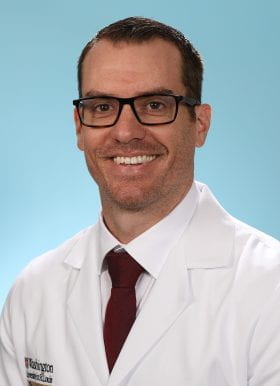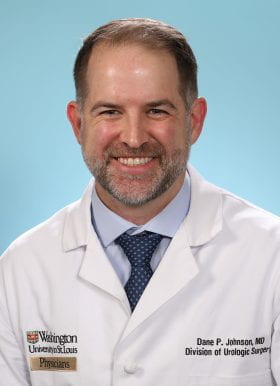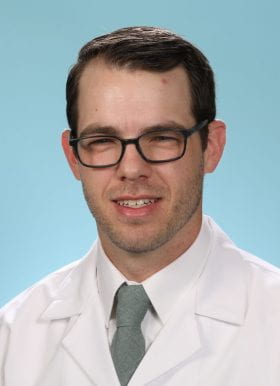
Men’s health topics are important to discuss with a doctor, but for many men it is difficult to have these conversations with their health care provider. Washington University urologic surgeons answer questions about vasectomy and vasectomy reversal.
A vasectomy is a permanent means to make a man infertile. It is a minimally invasive procedure performed in the urology office using local anesthesia and takes 10 – 15 minutes. There is generally minimal discomfort. A man can come to the office alone and eat prior to the procedure.
All insurers cover the cost of a vasectomy, but most men will have a modest co-pay of under $100.00. By paying for a vasectomy, the insurance company will save the cost of future obstetric visits, child delivery, and child health care. It is a tremendous cost-saver for your insurance company over time.
Vasectomies are reversible. The procedure is called a vaso-vasostomy. This is performed by a male infertility specialist using a high power surgical microscope under anesthesia. It takes about two hours, and has a high success rate if performed within 10 years of the vasectomy. This procedure is not covered by most insurers.
The testicles produce the male hormone testosterone, and testosterone leaves the testicles directly via veins. The testicles also produce sperm cells, which penetrate a female’s eggs, leading to a pregnancy. The prostate and seminal vesicles produce most of the ejaculate (the fluid a man produces on having a climax). Sperm travels from the testicles to the prostate gland via the vas deferens. With a vasectomy, a small opening is made in the scrotum to clip or cut the vas deferens. By cutting off the flow of the sperm cells, there will be no sperm in a man’s ejaculate, and he becomes infertile within a few weeks.
When the vas deferens is transected, there is no further flow of sperm from the testicle. However, there is still healthy sperm in the upper part of the vas deferens and in the numerous ducts of the prostate. It takes one to two dozen ejaculations over 5 – 10 weeks to clear the ejaculate of all sperm.
The pain associated with a vasectomy should be comparable to the pain of having two blood draws or an IV placed. We use the same lidocaine to ‘numb’ the wound site as is used to suture a small laceration in the emergency room. The pain is short-lived and lasts for only 20 seconds each side.
Washington University Urology can provide options for vasectomy and vasectomy reversals. Meet our specialists below.
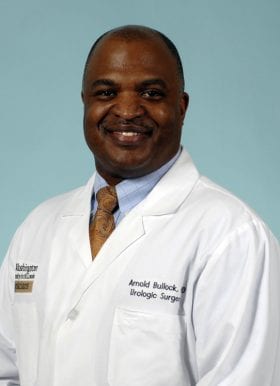
Arnold Bullock, MD
Alan A. & Edith L. Wolff Distinguished Professor in Urology
- Phone: 314-362-8200
Division of Urologic Surgery
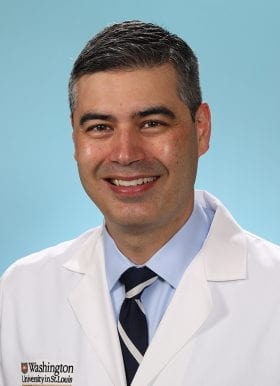
Michael H. Johnson, MD
Chief, Division of Urologic Surgery
Director, Society for Urologic Oncology Fellowship
Professor of Surgery
Looking for an appointment with a Washington University urologist?
